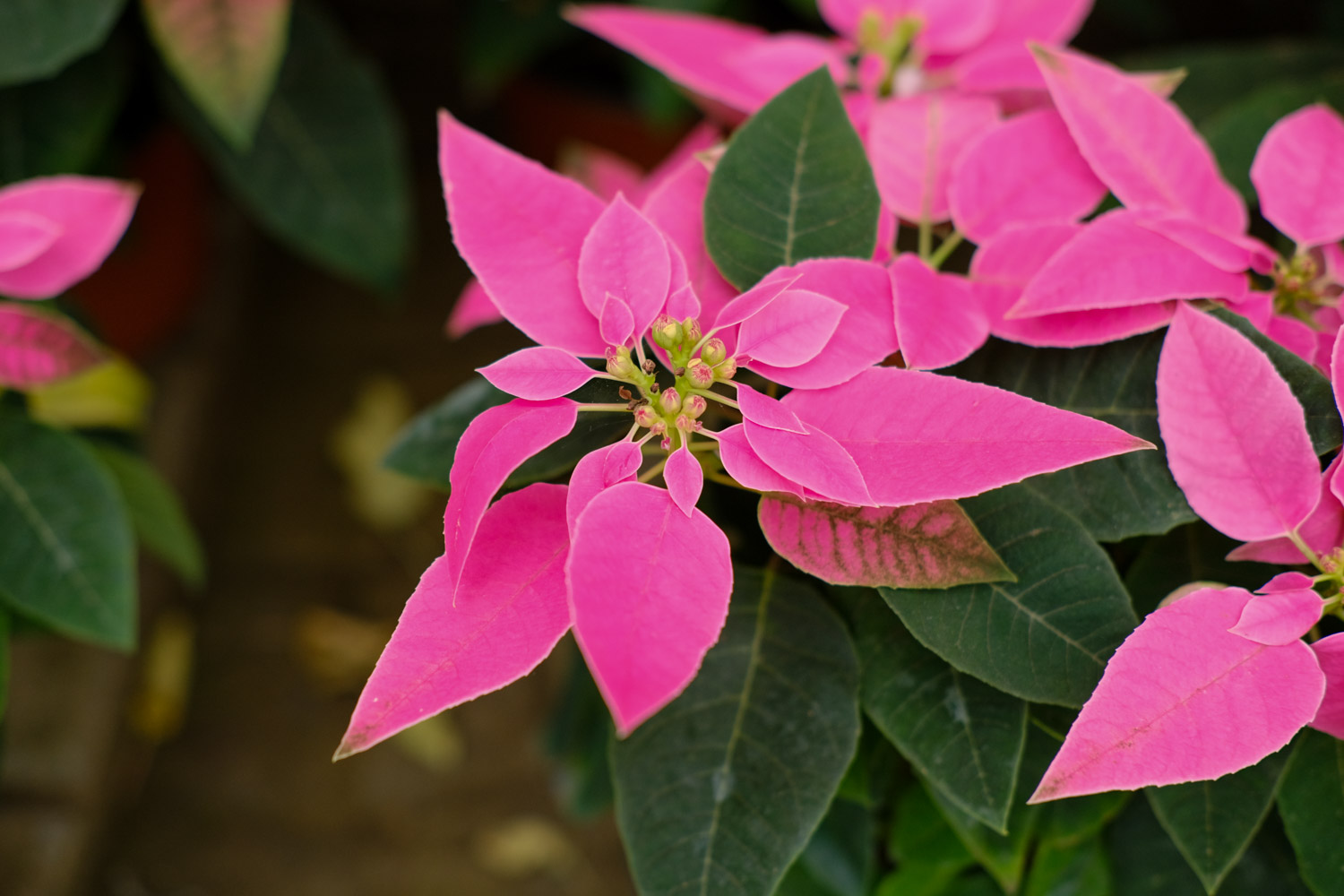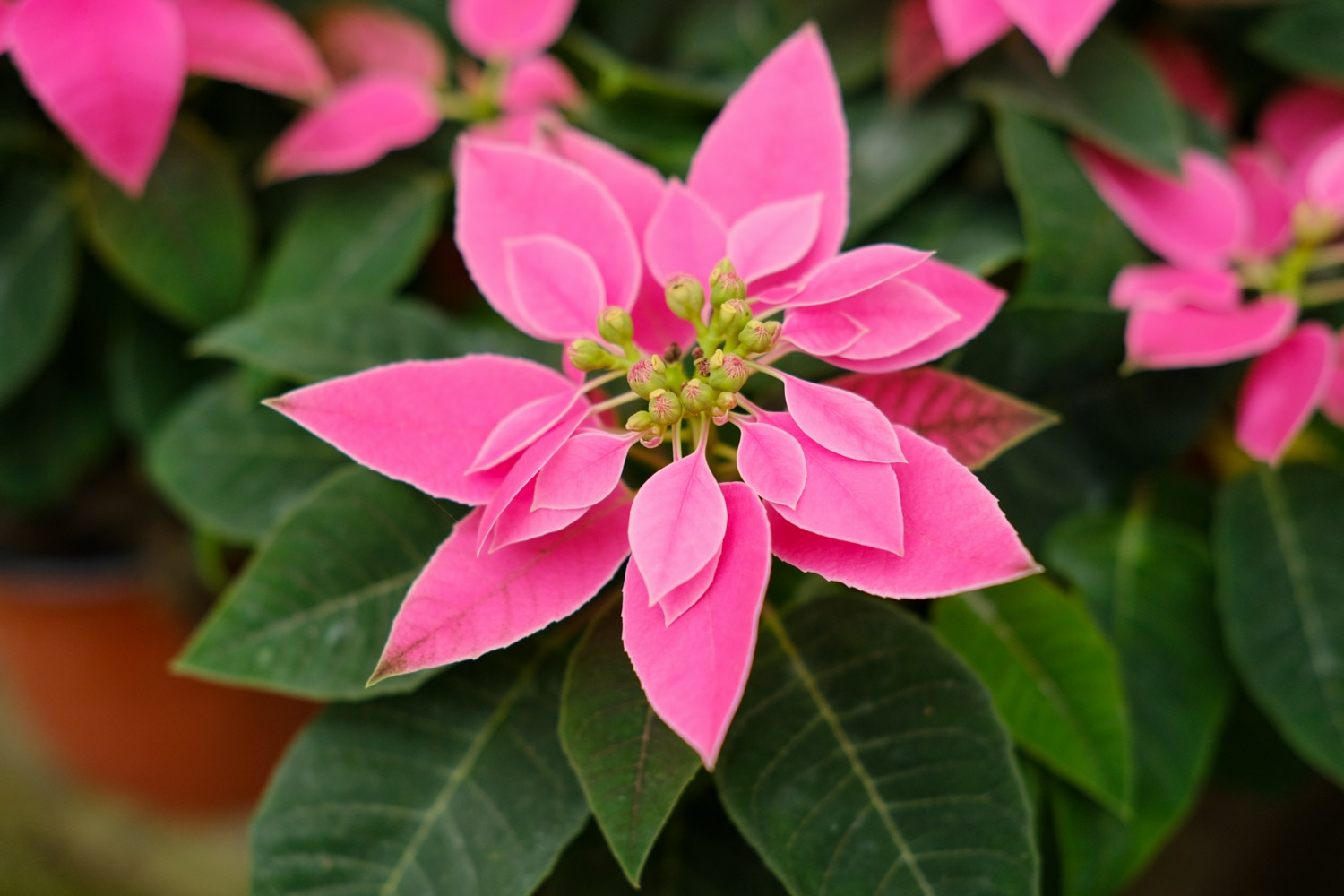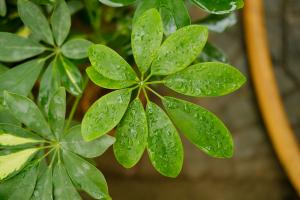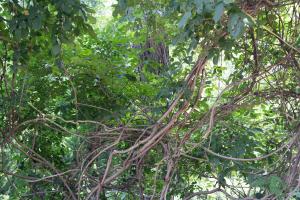1. Breeding environment
(1) Soil: the soil should be loose, breathable, good drainage and rich in nutrients. Sandy loam can be selected
(2) Illumination: Generally speaking, poinsettia likes light and needs to provide sufficient illumination. Otherwise, the plant will turn yellow and fall leaves. In autumn and winter, it's best to provide full-time photos, and at worst, half sunshine. In summer, it can be properly shaded. During flowering, it is more necessary to provide sufficient light and put it in a bright place

(3) Temperature: it likes warmth. The best is 15 to 25 degrees. The temperature should be above 15 degrees in winter, otherwise the plants will fall leaves and freeze to death in severe cases. But it is also not resistant to high temperature, and it has to cool down in summer
(4) Fertilizer: during cultivation, some base fertilizer can be mixed into the soil. In addition, in the growing season, fertilizer can be supplemented, and pay attention to the balance of nitrogen, phosphorus and potassium fertilizer. Pay attention to a small number of times. Reduce nitrogen fertilizer during flowering
(5) Watering: it likes to be wet and grows fast. It needs to provide sufficient water. Water more in summer, but stop in rainy days. It is also needed in autumn and winter, about once a day or two. When watering, do not get water on the leaves or flower buds

2. Change Basin
There is no fixed interval for changing pots. You can judge whether to change it according to its height. When the height is more than 40 or 50 cm, the soil needs to be replaced and a larger basin needs to be replaced. If the height is not so high, you can not change it for the time being


 how many times do yo...
how many times do yo... how many planted tre...
how many planted tre... how many pine trees ...
how many pine trees ... how many pecan trees...
how many pecan trees... how many plants comp...
how many plants comp... how many plants can ...
how many plants can ... how many plants and ...
how many plants and ... how many pepper plan...
how many pepper plan...





























